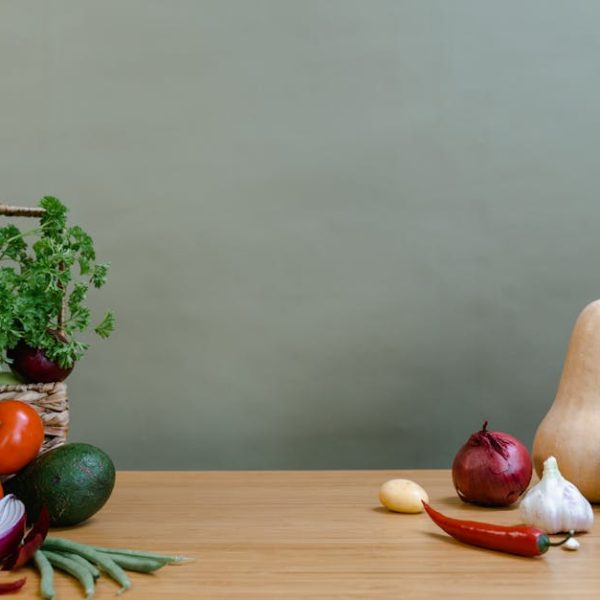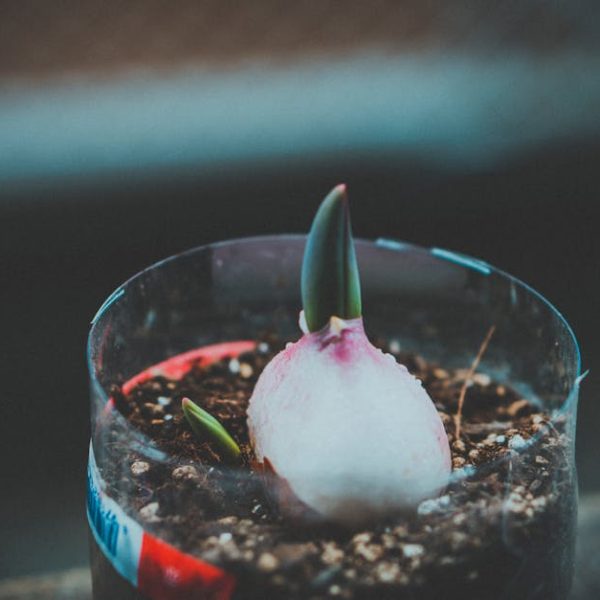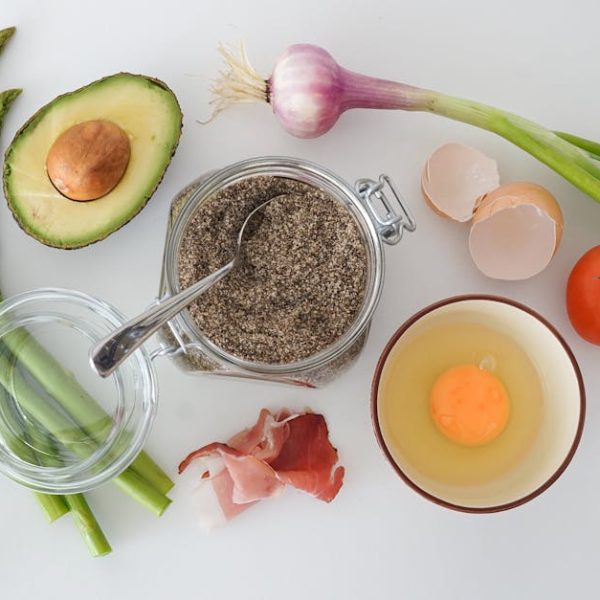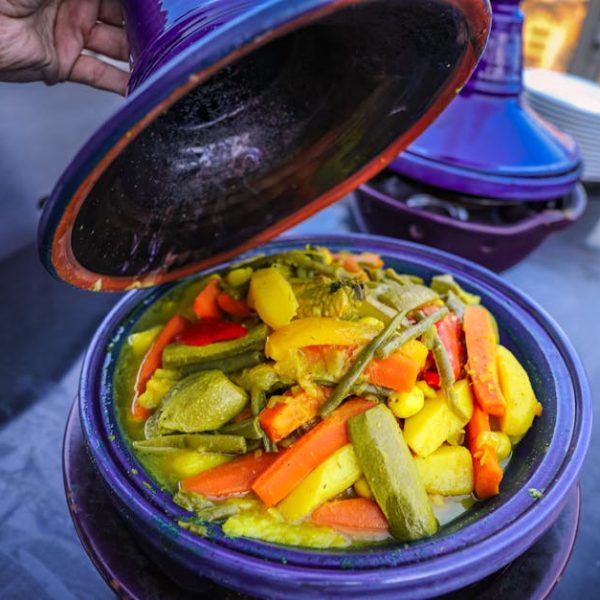From your local grocery store to gourmet restaurants, asparagus is a go-to vegetable for its crunchy texture and unique taste. Here’s spotlighting five types of asparagus that make distinct contributions to the culinary world.
- Green Asparagus- The most common variety, green asparagus, is notable for its vibrant color and tender nature. It’s renowned for its rich and slightly sweet flavor that lingers on your palate.
- Purple Asparagus- This variety, with its striking purple hue, is not just beautiful to look at, but it’s also sweeter compared to its green counterpart. Its unique color comes from high levels of anthocyanins – antioxidants that lend a distinct aroma and earthy flavor.
- White Asparagus- Unlike the green variety, white asparagus grows under the soil shielded from sunlight, hence the absence of color. It’s more delicate in flavor and has a slightly bitter and earthy profile.
- Wild Asparagus- Found in regions with warm climates, this one has a far more robust flavor and tough texture compared to the others.
- Jumbo Asparagus- While identical to green asparagus in taste, the jumbo variant is larger and has a thicker stem. It requires slightly longer cooking time because of its size.
Pro Tip: When buying asparagus, always look for bright-colored, firm stems with tight heads. Avoid wilted or overly tough stems as they can be stringy when cooked.
Understanding Nutritional Values
Asparagus is not just tasty; it’s abundantly healthy too! It’s low in calories and packed with essential vitamins, minerals, and antioxidants. While the nutritional values vary slightly across different types, they all provide:
| Nutrient | Value Per 100 grams|
| ———– | ———– |
| Calories | 20 |
| Carbohydrates | 3.7g |
| Protein | 2.2g |
| Fiber | 2.1g |
| Vitamin C | 5.6mg |
| Vitamin K | 41.6mcg |
| Folate | 52mcg |
To retain the nutritional integrity of asparagus, remember to store it in the refrigerator, preferably standing upright in a little water.
Cooking Tips for Green Asparagus
Green asparagus is arguably the most well-rounded variety in terms of tenderness and flavor. Due to its versatile nature, it can complement a wide range of dishes. Here are some steps to help you cook green asparagus perfectly.
1. Snap off the bottom of the asparagus.
2. Rinse under cold water to remove any residue.
3. Pat dry and toss in olive oil, salt, and preferred seasonings.
Should you choose to steam or grill this variety? Steaming preserves the nutrients better and gives a crisp-tender finish. But grilling imparts a delightful charred flavor, making it perfect for a summer barbeque. There’s no right or wrong choice, it solely depends on your taste preference!
Cooking Tips for Purple Asparagus
Purple asparagus is indeed a visual treat among the varieties and its flavor is just as impressive. This variety is a bit sweeter than the others, and it loses its color when cooked, converting to a greenish hue. So, to retain most of the color, it’s best to sauté.
Follow these tips to correctly sauté purple asparagus:
1. Chop off the woody bases.
2. Rinse thoroughly to remove any dirt or residues.
3. Toss them in olive oil and season to taste.
4. Sauté on medium heat until they are slightly soft, yet retain their crunch.
With a toss of purple asparagus in olive oil or butter, you can create two subtly different flavor profiles. Olive oil enhances its earthy flavor, whereas butter complements its natural sweetness.
Cooking Tips for White Asparagus
White asparagus is often considered the ultimate indulgence due to its limited availability and unique flavor. It demands careful preparation to unearth its delicate flavor. Hence, it’s typically boiled or steamed and seldom sautéed or grilled.
To make a creamy white asparagus soup, you’ll need:
- 500g of white asparagus
- 1 liter of vegetable broth
- 200ml of cream
- Salt, pepper, and nutmeg for seasoning
Pro Tip: White asparagus often comes with a woody exterior that requires peeling before cooking. Also, it cooks quicker when blanched before sautéing or grilling.
Wild and Jumbo Asparagus Cooking Tips
Wild asparagus carries a robust flavor that makes them a stand-out ingredient in salads. To make a quick, nutritious wild asparagus salad:
1. Rinse and pat dry the asparagus.
2. Chop into bite-size pieces.
3. Toss with fresh salad greens, cherry tomatoes, and your favorite dressing.
Meanwhile, cooking jumbo asparagus properly can make its tough texture disappear. Roasting it is an excellent method. Here’s how:
1. Preheat the oven to 425°F (220°C).
2. Trim the tough ends of the asparagus.
3. Toss it in olive oil, salt, and pepper.
4. Spread on a baking sheet and roast for about 15 minutes until tender and slightly crispy.
Cooking Asparagus for Different Dishes
Asparagus, with its different types, fits impeccably into varied cuisines worldwide. From pasta dishes and salads to stir-fries, it brings flavor, texture, and color to a host of dishes.
Here are a few international dishes that highlight asparagus:
- Risotto, an Italian classic.
- Tempura Asparagus from Japan.
- Asparagus Quiche, a French delight.
| Dish | Flavor | Texture | Color |
|——|——|——|——|
| Risotto | Mildly sweet | Creamy | Green |
| Tempura Asparagus | Light & crispy | Crispy | Green |
| Asparagus Quiche | Savoury | Soft & crumbly | Green/Purple |
Pro Tip: Green asparagus is quite versatile and can be used in most dishes. Purple asparagus, on the other hand, works best in dishes where it’s served raw or lightly cooked, like salads or appetizers. Use white asparagus when a milder, more subtle flavor is needed.
Key Takeaway:
- The article introduced varieties of asparagus – green, purple, white, wild, and jumbo – each with unique characteristics and tastes.
- Asparagus is a nutrient-rich vegetable that includes essential fibers, vitamins, and antioxidants, contributing significant health benefits.
- Green asparagus is versatile and complement various dishes while purple asparagus tends to lose color when cooked, ideally sautéed to retain color.
- White asparagus, known for its delicate flavor, needs careful preparation and is often boiled or steamed.
- Wild asparagus has a robust flavor suitable for salads while jumbo asparagus requires precise cooking due to its size.
- Asparagus can be efficiently used in both vegetarian and non-vegetarian dishes, providing varied flavors, textures, and colors.
Asparagus is a delicious and nutrient-dense vegetable, diverse in its varieties and uses. Incorporating it in your meals can enrich the flavors, texture, and most importantly, boost your health. So visit your nearest grocery store, explore these varieties, and enjoy the distinct delights they offer!
FAQs
Q: How are wild and jumbo asparagus different from the common green variety?
A: Wild asparagus tends to have a more robust flavor and a tougher texture compared to common green asparagus, while jumbo asparagus, despite being similar in taste to green asparagus, is larger and thicker.
Q: Can I grill the white asparagus variant?
A: White asparagus generally has a more delicate flavor and requires extra care in preparation, it is typically boiled or streamed instead of being grilled or sautéed.
Q: Is there any nutritional difference among the different types of asparagus?
A: All asparagus varieties are rich in nutrients; however, the levels might differ slightly. Regardless of the type, all are packed with healthy fibers, vitamins, and antioxidants.
Q: Do I need to peel the green asparagus before cooking?
A: No, green asparagus generally doesn’t need peeling before cooking. However, it’s essential to snap off the woody ends and wash it thoroughly.
Q: Are all varieties of asparagus available year-round?
A: The availability of asparagus can vary based on the season and region. Overall, green asparagus is the most commonly available variety year-round in many places.
Remember, there’s always something new to discover about food, so don’t hesitate to explore and share this article with others. Be sure to check out our other posts for more culinary insights!





